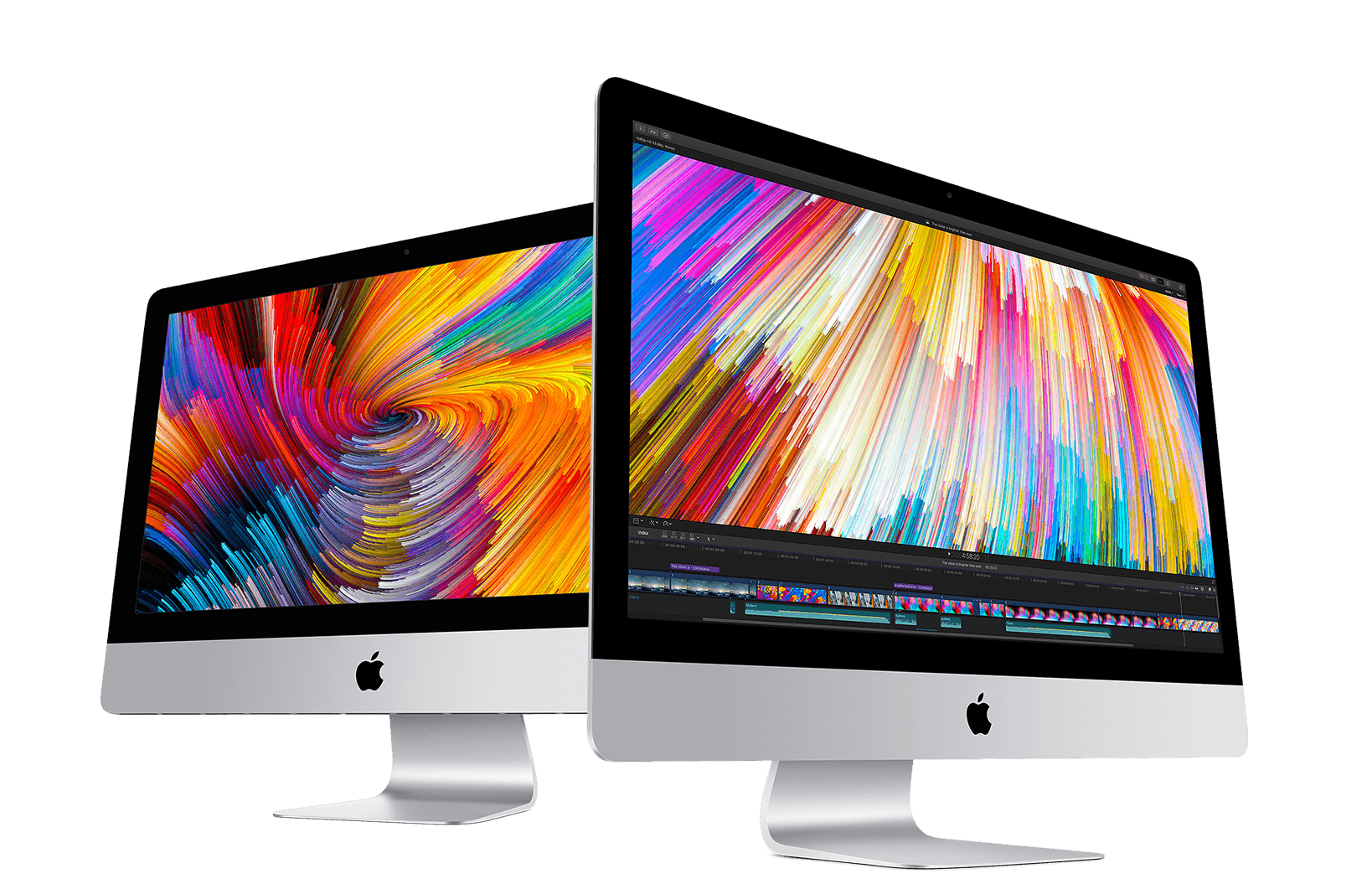Asus PB287Q 28-Inch 4K Monitor Review
We kicked off our 4K display coverage at the start of this year with . That was followed by . See the pattern so far? At least in the first half of 2014, 4K was a very, very pricey proposition. And it gets worse if you’re a gamer trying to push more than 8 million pixels at 60 frames per second. That’s a lot of potent graphics hardware.
To be fair, both of the displays we reviewed offered stunning image quality. But they were also saddled with a handful of usability issues that you’d expect from a first-gen, cutting-edge product. In fact, it took AMD and Nvidia some time to optimize their drivers for a more pleasant user experience with Radeon and GeForce cards hooked up to tiled 4K screens. Of course, paying thousands of dollars didn’t help make the idiosyncrasies any easier to swallow.
Those displays cost quite a bit less today, though they’ll still run you $2500 or so. Fortunately, as the second generation of Ultra HD monitors slowly materializes, we expect significantly lower prices. Earlier this year we heard about a 28-inch panel that Samsung, Dell, and Asus were planning to sell at a surprisingly low price point under $700. We’re already on the sample list for Samsung’s UD590 and Dell’s P2815Q. But Asus surprised us with a brand-new PB287Q, just in time for a pre-Computex review.
Swipe to scroll horizontally
| Brand | Asus |
|---|---|
| Model | PB287Q |
| MSRP | $649 |
| Panel Type | TN Film |
| Backlight | W-LED, edge array |
| Screen Size | 28-inch |
| Max Resolution | 3840×2160 |
| Max Refresh Rate | 60 Hz |
| Aspect Ratio | 16:9 |
| Native Color Depth | 10-bit (8-bit with FRC) |
| Native Gamut | sRGB |
| Response Time (GTG) | 1 ms |
| Brightness | 330 cd/m2 |
| Speakers | 2 x 2 W |
| VGA | — |
| DVI | — |
| DisplayPort v1.2 | 1 |
| HDMI 1.4 | 2 w/MHL |
| Audio In | 1 |
| Headphone | 1 |
| USB | — |
| Media Card Reader | — |
| Panel DimensionsW x H x D w/base | 26 x 16.3 x 8.7 in660 x 414 x 220 mm |
| Panel Thickness | 2.5 in / 64 mm |
| Bezel Width | .75 in / 19 mm |
| Weight | 17.4 lbs / 7.9 kg |
| Warranty | One year, Zero Bright Dot; Three years. monitor |
A couple of specifications leap out to tell you how Asus got its price so low. Principally, the PB287Q uses TN technology, rather than one of the many flavors of IPS. If you recall our reviews of the 32-inch Ultra HD screens, they are based on an exotic IGZO panel manufactured by Sharp.
The core part here is made by Chi Mei Optoelectronics and sports a pixel density of 157 ppi. Even though its fundamental technology is something of a throwback, there is no skimping on the remaining features. Almost all TN panels achieve 8-bit color depth by using 6-bits plus FRC. This brand-new part achieves 10-bit color by using 8-bits with FRC like many professional monitors we’ve reviewed. So even though most users will use an all-8-bit signal chain, it will accept 10-bit formats too. And all incoming 8-bit content is upconverted by the PB287Q. The end result is a palette of 1.07 billion colors.
Will that make images more colorful? Not exactly. What the extra bit depth will do is smooth the gradients in subtle color transitions. The best examples are things like blue sky, clouds, or fire. Where an 8-bit panel might show subtle banding or macro-blocking, a 10-bit capable display can reduce or eliminate those artifacts even though it’s using FRC to work its magic.
Another feature not mentioned in the spec table is the non-PWM backlight. We have a couple of upcoming reviews of BenQ displays that discuss this in more detail. Essentially, though, pulse-width modulation can result in flicker and eye fatigue for some users. By applying constant current to the backlight and varying brightness at the pixel level, overall intensity can be reduced without introducing flicker. Asus calls its version of the technology EyeCare.
